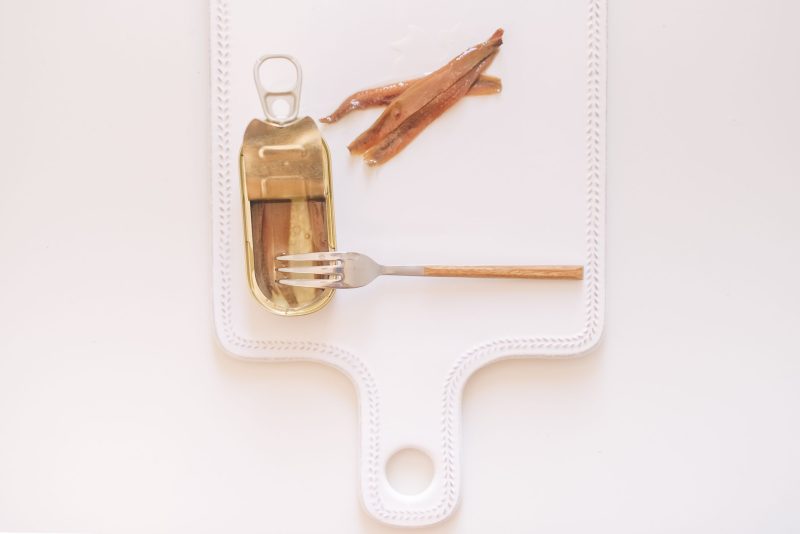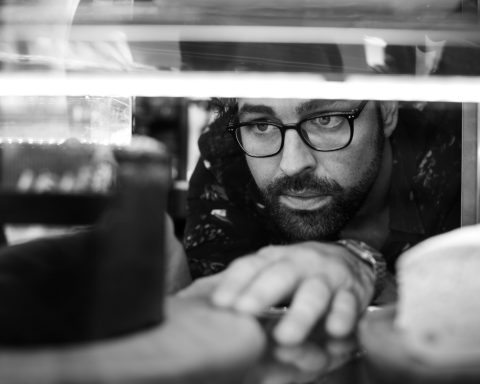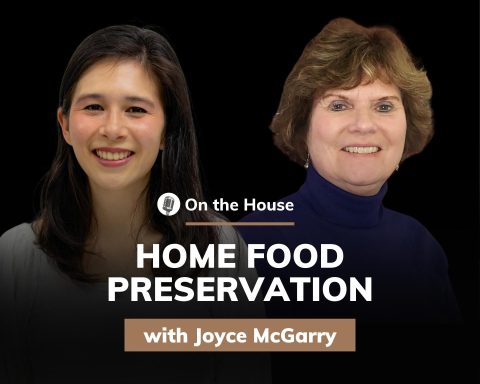What does sustainability mean to you? Solar panels clung to rooftops or massive windmill farms? All of these practices may be true to sustainability, but they are out of reach for the vast majority of people.
In general, sustainability is trying to meet our own needs without jeopardizing future generations’ possibility to fulfill their requirements by not depleting the earth’s natural resources.
Sustainability in terms of nutrition means producing food in a way that safeguards the environment, makes efficient use of natural resources, and improves the quality of life in food-producing communities, including people and animals. Food preservation can be one of the many practices that can be done at home to contribute to sustainability.
Food preservation has become necessary because individuals in households may have a preference for certain produce regardless of whether it is in or out of season. Food preservation allows for variety, reduces food waste, and increases food supply at any given time — making it an easy step to take toward sustainability.
In this article, you will understand that sustainability practice does not necessarily mean having to make a big gesture, such as investing in an expensive solar panel. You can do it with a small step starting with you and your household. You can contribute by practicing food preservation at home; it is not as hard as you thought and is doable. This article will help you get started with food preservation at home while also enjoying the benefits of doing it.
What is food preservation?
Food preservation can be defined as “the processes or techniques undertaken to maintain internal and external factors which may cause food spoilage.” It is the process of preparing and handling food to avoid spoilage and food-borne illnesses while preserving nutritional value, texture, and flavor.
It prevents microorganisms in food from growing, surviving, and reproducing. You can use physical, chemical, biological, or combined methods to change the living environment of various microorganisms, attempting to prevent or eliminate their reproduction and growth.
Benefits of food preservation
Food preservation has an important role in reducing food waste and helps to extend the shelf life of food.
Environmental impact
Preserving food minimizes the amount of food that spoils during peak production seasons, ultimately reducing food waste. You can keep food intact for longer periods by preserving it, allowing you to consume particular foods even during off-peak seasons.
Nutritional value
Food preservation is advantageous because it preserves the nutritional value of food while also preventing spoilage. Furthermore, some foods that are preserved through fermentation not only have enhanced flavor but also have benefits on your health, such as promoting antimicrobial, anti-fungal, anti-inflammatory, and anti-atherosclerotic properties.
How to do food preservation
Preservation can be done in a variety of ways and some of the methods only require equipment that is readily available in your home.
Cooking
Cooking is one method of food preservation because heat can kill the microorganisms that cause food spoilage. Cooking also improves the flavor of food. For example, the flavor of Golden Noble apples is sour and unpleasant, but when the apples are stewed with sugar, their flavors are significantly improved.
Canning
Canning is a method of preserving food that involves processing fresh fruits and vegetables and then sealing them in airtight containers. There are two types of canning methods:
- Pressure canning which utilizes a pressure canner to preserve low-acid foods like meat and,
- Boiling water bath canning which uses a regular canner to preserve high-acid foods like tomatoes.
Pickling
Pickling is primarily accomplished through a brining or marinating process. A pickle can be made by soaking the food in salt, a process known as fermentation, or by preserving it in acid, such as vinegar, for an unfermented pickle. Both of these processes flavor the pickled food while also producing good bacteria that inhibit the growth of harmful microbes.
Dehydrating
Drying the food removes moisture and prevents bacteria, yeast, and mold from growing and spoiling it. By combining warm temperatures, low humidity, and air current, food can be dried in the sun, an oven, or a food dehydrator. As a result of the removal of moisture, the food shrinks and loses weight.
Salting/brining
Bacteria and other potentially harmful organisms that cause food spoilage can not survive in a food material with high content of salt, such as when salting or brining, because salt is hypertonic.
Wet salting or pickling involves rubbing the food with salt before pouring brine over the packed salted meat. Wet salting is also known as wet brining. During this procedure, the food is immersed in a brine solution. To do wet brining, the food must be completely submerged in a large pot or bucket. Thus, it requires a lot of space in the fridge. However, wet salting or brining does not result in salty meat.
Dry salting is a method of removing water from food by sprinkling salt on it and leaving it in a cool, dry place. Dry salting is also known as dry brining. It still takes up valuable refrigerator shelf space, but you do not have to deal with a large bucket or container of salt water. However, dry salting produces more salty food compared to wet salting. If you want to infuse a stronger flavor, dry brining is more suitable.
Freezing
Freezing is a preferred method of preservation in any household because it eliminates the need for additional equipment and utensils. Freezing slows the growth of microbes and enzymes that cause food spoilage. Freezing and frozen storage are excellent methods for preserving a food’s nutritional quality. Many foods begin to freeze at temperatures ranging from 0 to -5 degrees Celsius. However, it is recommended to freeze food at -18 degrees Celsius to ensure food safety.
In conclusion
To sum up, food preservation is one of the many methods that can be done to contribute to the sustainability of food processing in a household. Food preservation can minimize food waste and also extend the shelf life of food. This practice is sustainable because, through preservation, individuals are consuming foods in a way that has the least environmental impact. Food preservation can be easily done at home and it is as simple as freezing and cooking, salting, pickling, or canning.
If you would like to know more about food preservation, visit the Household Management Science Labs. The lab uses the research of the Institute for Life Management Science to produce courses, certifications, podcasts, videos, and other learning materials. Check out the Household Management Science Labs today.
Photo by Leeloo Thefirst on Pexels




